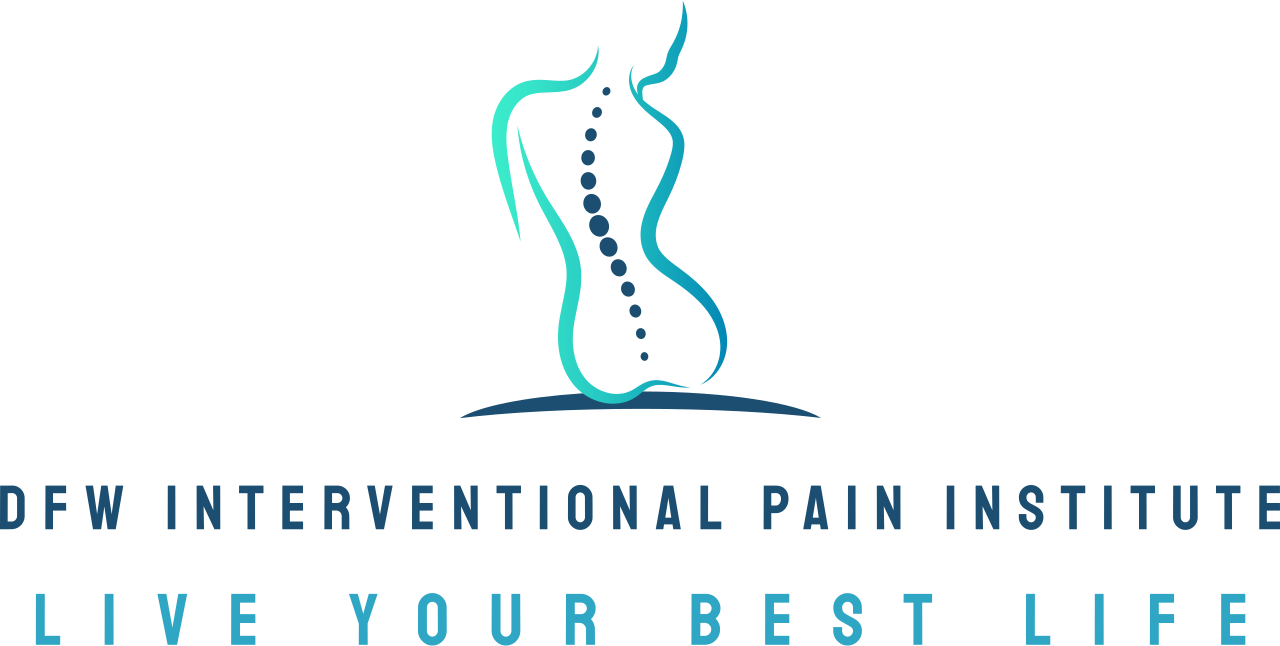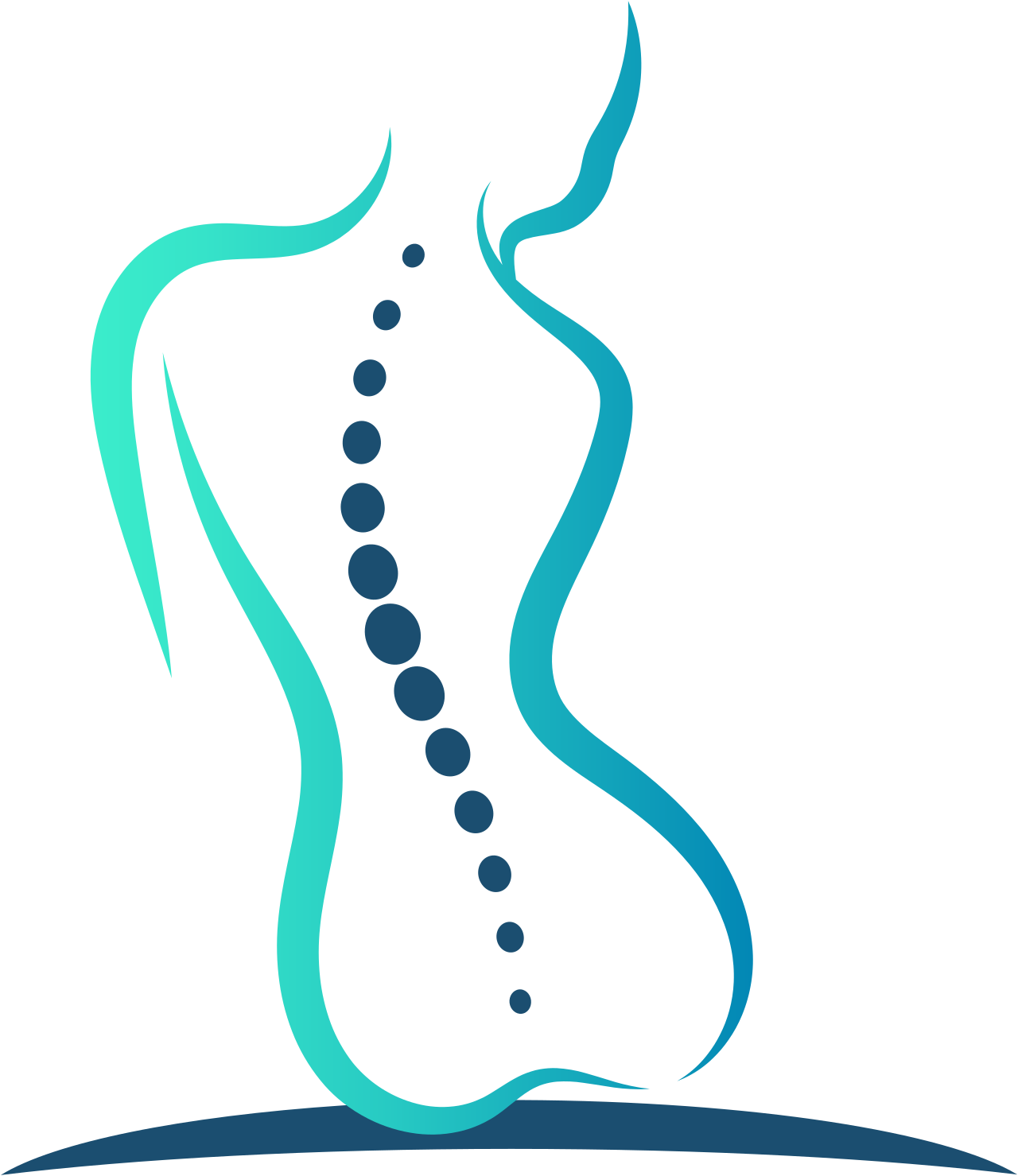Minimally-invasive pain management procedures explained
Many people suffering from chronic pain are surprised to hear that pain management is more than just complicated surgeries and prescription medication. In fact, most of the conditions we treat are done with effective, minimally-invasive procedures. In this blog post, we’ll explain what we mean by "minimally-invasive procedures" and discuss how they might help you regain control and comfort in your day-to-day life.
Chronic pain and the importance of professional care
Living with chronic pain can permeate every aspect of your life—from work and family dynamics to mental health. It’s not just a physical burden; it can feel emotionally taxing, too. Unfortunately, many people delay seeking professional help because they believe pain is a normal part of life, their symptoms are untreatable or that they'll require surgery or prescription medications that they're not interested in pursuing.
The good news is that most of the time, this not the case. Pain management clinics, such as ours at DFW Interventional Pain Institute, specialize in diagnosing and addressing chronic pain conditions. These clinics use a holistic approach to help patients understand their pain, improve their functionality and enhance their overall quality of life. Whether your pain stems from a herniated disc, arthritis, nerve damage or another source, consulting with Dr. Edrick Lopez and our team can help you explore effective relief options that don't require surgery or chronic medication. In fact, most of our patients are treated by minimally-invasive procedures, and we have a few common examples we'll share below.
Types of minimally-invasive procedures for pain management
Minimally-invasive procedures have gained popularity for their ability to alleviate pain with minimal disruption to the patient’s daily routine. Unlike surgical interventions, these treatments typically require smaller incisions, shorter recovery times and fewer risks. Here are some common procedures we perform at DFW Interventional Pain Institute.
1. Epidural steroid injections
How it works
Epidural steroid injections are a common treatment for individuals experiencing pain in their neck, back, or legs caused by conditions like herniated discs, spinal stenosis or sciatica. The procedure involves injecting a corticosteroid (anti-inflammatory medication) directly into the epidural space of the spine to reduce inflammation around irritated nerves.
Benefits
Reduces pain and inflammation quickly
Improves mobility
Provides relief that can last weeks to months
2. Nerve blocks
How it works
A nerve block targets specific nerves sending pain signals to the brain. By injecting an anesthetic or anti-inflammatory medication near the nerve causing the pain, this procedure can "block" pain signals for an extended period.
Benefits
Provides targeted pain relief
Helps diagnose the exact cause of pain
Useful for chronic pain conditions like arthritis, migraines, or nerve damage
3. Radiofrequency ablation (RFA)
How it works
Radiofrequency ablation is a cutting-edge technique that uses heat generated by radio waves to disrupt problematic nerve signals. This procedure is especially effective for chronic joint pain and conditions such as arthritis or spinal pain.
Benefits
Long-lasting relief (up to 12 months or more)
Minimal downtime post-procedure
Effective in managing chronic conditions not responsive to traditional treatments
4. Spinal cord stimulation (SCS)
How it works
Spinal cord stimulation involves implanting a small device near the spine that sends electrical pulses to interrupt pain signals before they reach the brain. Patients can customize the device to tailor the sensation and level of relief they experience.
Benefits
Effective for severe, persistent pain like that caused by failed back surgeries or nerve damage
Completely reversible if the patient decides it’s not the right fit
Offers drug-free pain management
5. Trigger point injections
How it works
Trigger point injections target tight knots, or "trigger points," in the muscles that cause localized pain. A numbing medication or corticosteroid is injected into the affected muscle to relieve tension and eliminate discomfort.
Benefits
Quick and effective relief from muscle pain
Addresses issues such as fibromyalgia and myofascial pain syndrome
Minimal discomfort during the procedure
6. Joint injections
How it works
For patients suffering from arthritis or joint inflammation, these injections deliver corticosteroids directly into the problem area (e.g., knees, hips, or shoulders) to reduce pain and improve mobility. Gel injections are also used to help target the specific joint areas where tissue damage has occurred.
Benefits
Restores joint functionality
Reduces inflammation and discomfort
Can delay or prevent the need for surgical intervention
Expert insights on minimally-invasive pain management
According to Dr. Edrick Lopez at DFW Interventional Pain Institute, minimally-invasive procedures have revolutionized the way chronic pain is treated. “These techniques not only offer faster recovery times and fewer risks, but they also allow us to personalize care for every patient,” says Dr. Lopez.
Research aligns with his expertise, showing that patients who undergo minimally-invasive pain management procedures often experience significant pain reduction, improved mobility and an enhanced quality of life. By addressing the root cause of the pain (instead of solely treating the symptoms), these techniques provide long-term value for patients.
Take the first step toward pain relief at DFW Interventional Pain Institute
Living with chronic pain doesn’t have to be your reality. With the availability of innovative, minimally-invasive procedures, lasting relief is closer than you think. Clinics like ours at DFW Interventional Pain Institute are dedicated to helping patients reclaim their lives and move beyond the limitations of pain.
If you’re dealing with chronic pain and want to explore effective and personalized solutions, we encourage you to reach out to our expert team at DFW Interventional Pain Institute. Contact us today to start your journey toward a better quality of life!

